Copyright 2020 - 2021 irantour.tours all right reserved
Designed by Behsazanhost
All About Isfahan the Florence of Iran
All About Isfahan the Florence of Iran
Esfahan is an old city with dozens of historical monuments. It is a living museum where people enjoy a most pleasant climate with joyous spring mornings and refreshing autumns. Esfahan is a city with a history as old as Persia itself. This eternal city with its
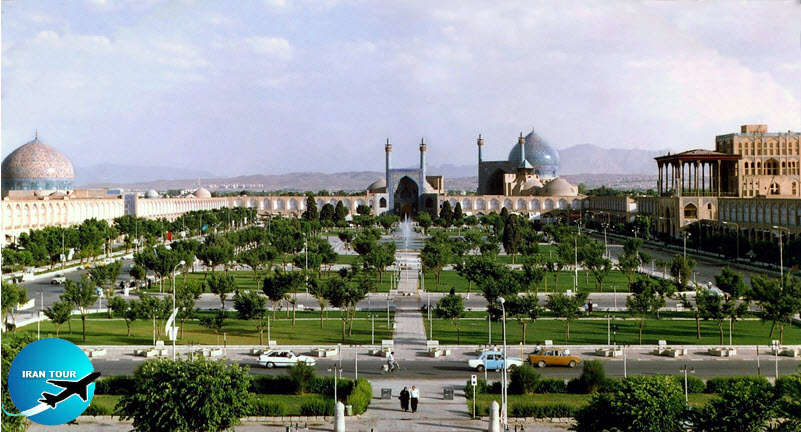 |
Ancient History of Isfahan
Isfahan's earliest history is shrouded in mystery and does not emerge with clarity before the beginning of the Islamic period. Naturally, however, legends abound. One of these calls the half-mythical King Jamshid the city's founder, while the other attributes the construction of the Tabarak citadel, the core of the ancient city, to King KeyKavus of the legendary Kianid dynasty. There is no certainty as to the origin of the city's name either. It is believed to be derived from a Pahlavi word, meaning an assembly point for armies, which may have gathered here during the Parthian and Sasanid periods. Although the
In the time of the Medes, Esfahan remained a part of the Median kingdom and was known to the Babylonians. During the Achaemenid period, Gaba, the royal summer residence, is believed to have been located on the site of the present Esfahan. The name Gaba has survived as Jay, which Arab geographers used for the oldest district in the city. As part of the Parthian Empire, Esfahan was ruled by one of the high-ranking sovereigns accountable to the Parthian king. Some even believe that
 |
the last Parthian ruler, Artabanus V, was killed by the Sasanid troops on the site of modern Golpayegan, near Esfahan. During the Sasanid period, the crown princes were sent here to study statecraft. At that time, Esfahan was an important military and strategic site and was ruled by the representative of one of the seven leading Iranian families. Approximately at the same time, Jay became known as Shahrestan (“Township”). Some authorities believe that Jay was not actually a town, but a fortress that guarded the neighboring town of
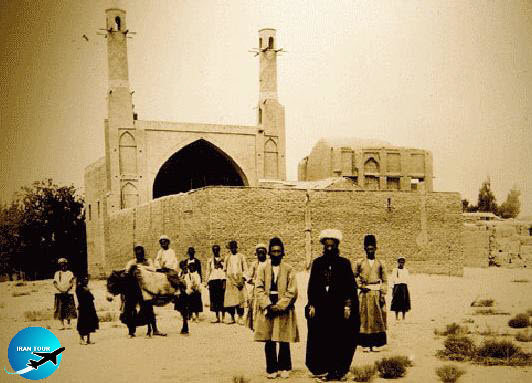 |
It is most likely that the Sasanid king Yazdgerd I, who had a Jewish wife, allowed a large number of Jews to settle here. Another legend, however, claims that the foundation of Yahudiyeh dates back to the time of Nebuchadrezzar (630-561BC) and the exile of Jews from Jerusalem. Today Yahudiyeh constitutes the Jubareh district of Esfahan and is still the residential center for local Jews. In the course of time, the twin towns of Jay and Yahudiyeh expanded until they coalesced to form one city.
Early Islamic Period in Esfahan
The history of Esfahan's development during the Islamic period is much brighter and more precise. The first unchallenged date is the year
Mardavij was particularly famous as a staunch adherent to ancient Persian traditions. The
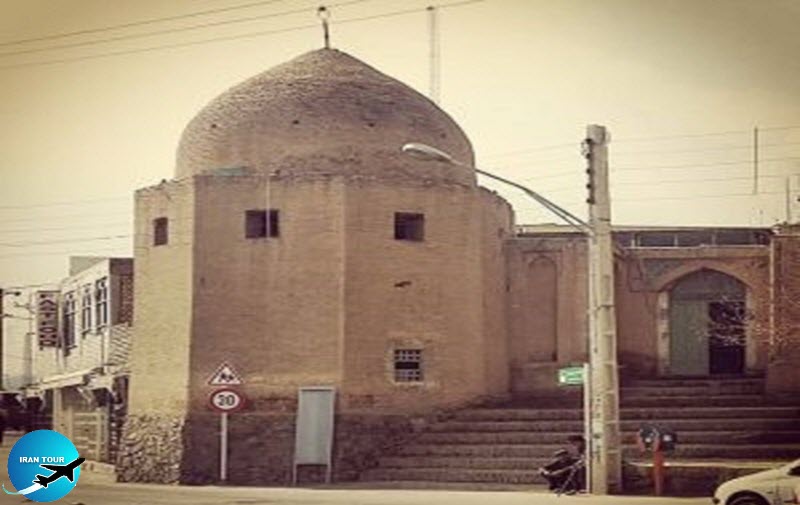 |
Esfahan under the Buid Rule
After the death of Mardavij, Esfahan came under the power of the Buyids, and so began one of the most remarkable periods in its history. The Buyids were of Deylamite (northern Iranian) origin. Their line was founded by the three sons of
The Buyid period in Esfahan's history is marked by vigorous activities in building and by the great thriving of arts, particularly fine silverwork, pottery, and silks. The Shiite nature of the state was manifested in the passionate observance of Shiite festivals and in the encouragement of pilgrimages to the Shiites' holy sites.
The major cultural centers of the Buyids were the cities of Rey, Esfahan, and Nain in Iran and Baghdad in Iraq. Esfahan was first governed by Hasan Rokn al-Dowleh, and many splendid structures were built there at his orders. At that time, the city is said to have had twelve bronze-plated gates through which elephants could easily pass, a thousand mansions, and fifty mosques. After a short period in which Hasan Rokn al-Dowleh's successors ruled, the city yielded to a new power - that of Turks.
Seljuk Kings in Esfahan
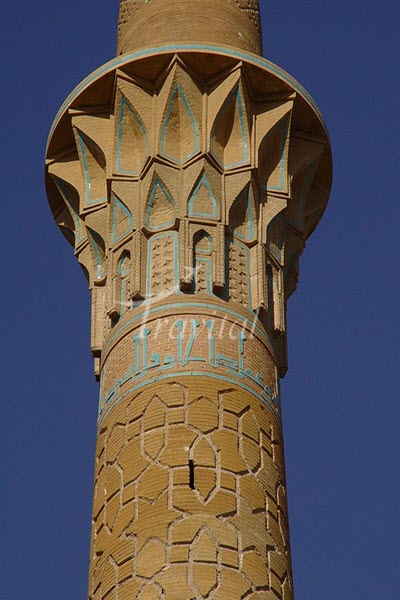 |
| The |
For a brief period in 1034, Masud I, son of the brilliant Ghaznavid ruler Sultan Mahmud, held Esfahan. However, in 1047, Toghrol Beik Seljuk successfully besieged it for a year and then made it the capital of his domain. For the first time in its history. Esfahan was raised to the status of the empire's major city. Founder of the Seljuk dynasty, Toghrol Beik spent twelve years of his life in Esfahan and succeeded in expanding the city by careful planning.
The city prospered even more under Toghrol's successors to the throne, Alp Arslan and Malek Shah, guided by their capable vizier, Nezam al-Molk. The period of Malek Shah's rule, when the city enjoyed the lavish patronage of the new king, is one of the most important in Esfahan's history. The architectural wealth left by the Seljuk rulers rivals that of the Safavids themselves. From this period dates a superb park known as Naqsh e Jahan was laid out on the site, where a famous square was later created by Shah Abbas. Toward the end of the Seljuk period, Isfahan fell under the power of the Ismailites, who killed Nezam al-Molk and Malek Shah and set fire to the Congregational Mosque (pp112-120), destroying its famous library. Toghrol III, the last Seljuk ruler, was defeated by Ala al-Din Tekish, the Kharazm-Shahs leader, and Esfahan came under the
Mongol, Timurid, and Turkman Rulers in Esfahan
When the Mongol hordes swept through Iran, a great battle was fought outside Esfahan in 1228, and the city was captured. At that time, Esfahan lost a significant part of its population, along with its importance as the first city of Iran. Its buildings, however, were spared, and the city continued to enjoy reasonable prosperity. Under Oljeitu, the Il-Khanid ruler, many great structures were built in the city.
The Mongols' short rule in Esfahan was followed by that of the
By the middle of the 15th century, the Timurids had lost their grip on most of Iran proper, where events were chiefly influenced by the rivalry of two Turkman tribes - Qara-Quyunlu (the Black Sheep) and Aq-Quyunlu (the White Sheep). First, the Black Sheep occupied Esfahan, but they were soon overthrown by the White Sheep, led by Uzun Hasan. This short-lived dynasty did not even survive through the 15th century. In 1499, Ismail, whose mother was Uzun Hasan's daughter, seized the reins of government and founded the Safavid dynasty, and in so doing inaugurated the era of Esfahan's greatest splendor.
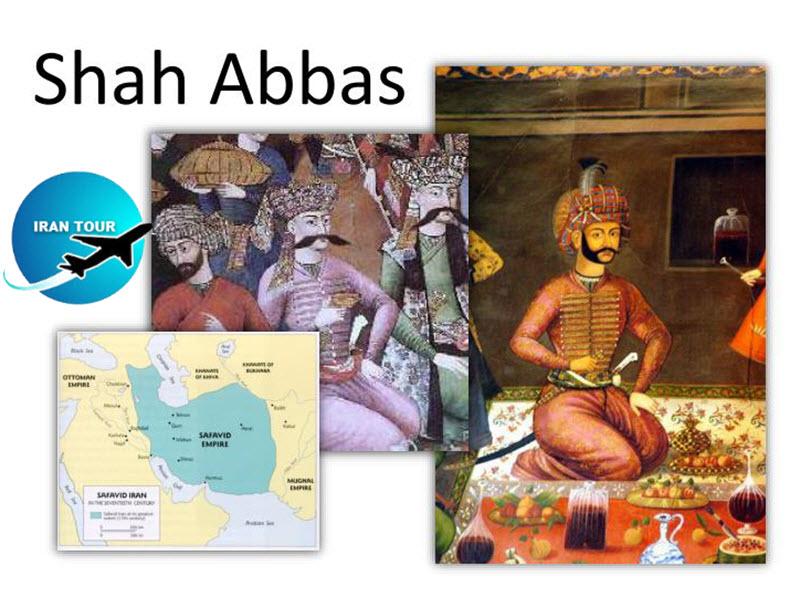 |
| Why did Shah Abbas I change the capital from Qazvin to Isfahan |
Shah Abbas I and the Golden Age of Esfahan's History
The history of Esfahan cannot be separated from the name of Shah Abbas the Great, the ruler who chose it as a capital in 1598 and spent forty-two years of his life toward its beautification and eminence
unceremoniously appropriated him from his master.
In 1587, Shah Abbas was crowned king. He started his career by eliminating all those who had made (and could unmake) him shah. In 1591, he appointed as his grand vizier a gifted aristocrat, Hatim Beik Ordubadi, a determined man who accomplished a series of reforms that helped to increase the Shah's control over the entire country. In his late twenties, Shah Abbas was near the height of his power. His “revolution from above” preceded that of Louis XIV, but was at least as far-reaching.
Shah Abbas was famed as a very energetic person. He loved hunting and often busied himself in the royal stables. He was a skilled craftsman, making scimitars, bridles,
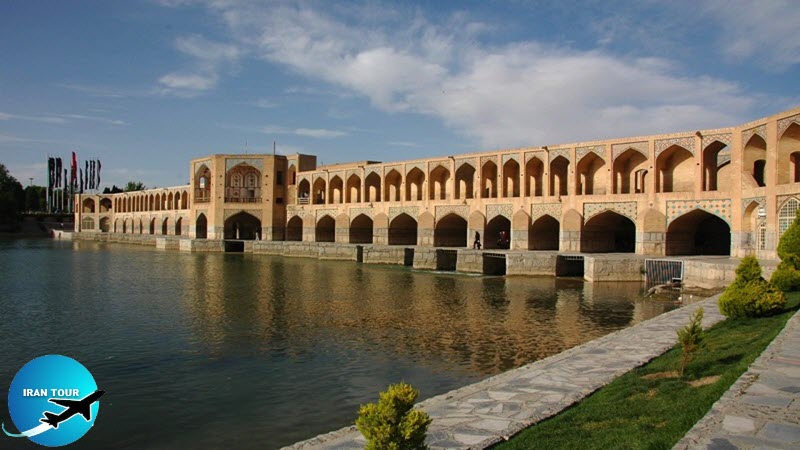 |
Another very notable feature of Shah Abbas was his extreme
In 1598, Shah Abbas transferred the Safavid capital from Qazvin to Esfahan, where he built a whole new city, cheek by jowl with the ancient one. His intent was to build a new capital worthy of the Safavid state at the height of its power. Under Shah Abbas's guidance, Esfahan rapidly became one of the most beautiful cities in the world. The city's change of status from a provincial to an imperial capital brought a great increase in population. Many of the newcomers were highly skilled artisans who pursued the necessary patronage. Others came for commercial reasons, and among them were thousands of Armenian Christians, forcibly moved by the Shah from northwestern Iran to Julfa. The new seat of authority was a vital embodiment of Iran's new system and new strength, as well as a strategic move to the Persian-speaking center of the Iranian plateau.
Esfahan under Shah Abbas's
Successors The period after Shah Abbas's death, except for a short interlude during the reign of his grandson Shah Abbas II was marked by a gradual decline. However, this decline was felt much less in Esfahan than in other parts of Iran. By the end of the Safavid period, Esfahan remained one of the most magnificent cities in the world. According to a description that appears in Chardin's travel account, Esfahan contained 162 mosques, 48 M
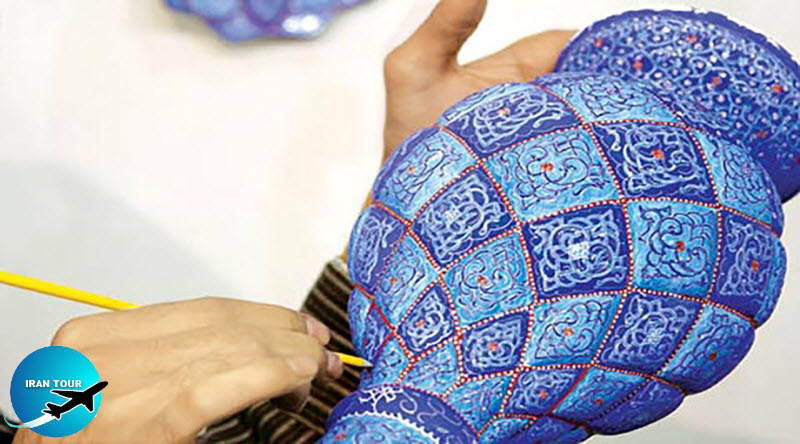 |
Afghans in Esfahan
At the end of the Safavid reign, the country and its capital were torn apart by courtiers, who plundered the state treasury with the Shah's silent consent. The resulting pressure was placed on the common people who had to pay increased taxes. A series of rebellions swept through Iran. In 1710, Mir Oveis revolted against the Safavid governor of Qandahar and managed to expel him from the city. Mir Oveis was succeeded by his son Mahmud. For several years, Mahmud and his followers sacked the territories of Sistan and
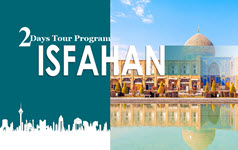 |
During the six-month siege of Esfahan, Mahmud attempted to force an entry into the city several
Tahmasb Qoli emerged in Khorasan, destined, as Nader Shah, to be the last great Asiatic conqueror. The decisive battle between the troops of Nader Qoli and those of Ashraf took place
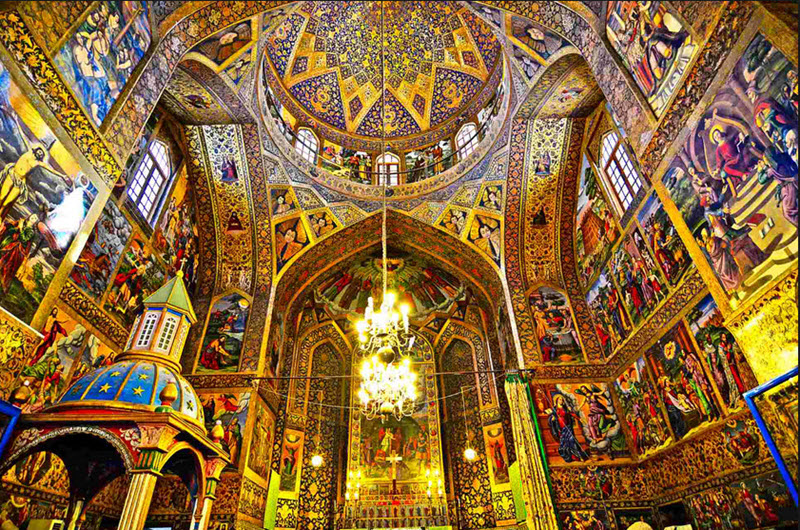 |
Qajar Period and Zel al-Sultan in Esfahan
During the Zand dynasty, Shiraz was made the capital city. Under the Qajar rulers, the capital was transferred to Tehran, and one of the worst periods in the history of Esfahan began. The situation was aggravated when Zel al-Sultan, Fathali Shah's eldest son, was appointed
The period of Zel al-Sultan's governing was the first in the history of Esfahan that witnessed mass migration, particularly to Tehran. The economy declined, and very little construction was carried out. Most of the public buildings were created at the orders of rich merchants, such as Malek al-Tojjar, or persons of consequence, like Hajj Mohammad Hossein Sadr Esfahani. During the Pahlavi rule, the city and its principal monuments were to a certain extent restored. This process continues during the modern period.
- Details
- Category: Esfahan Tourism